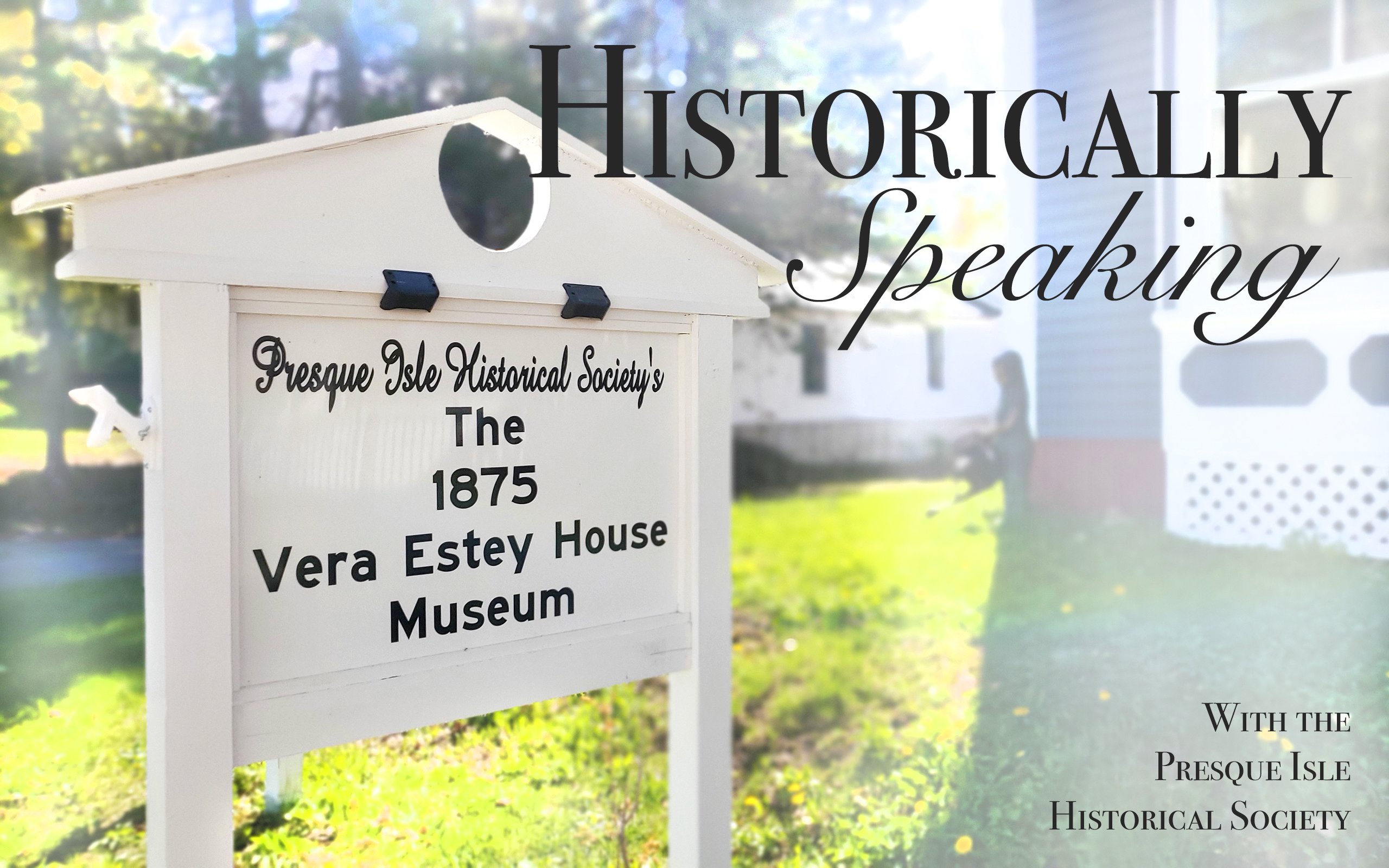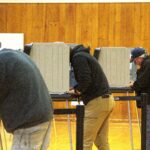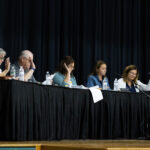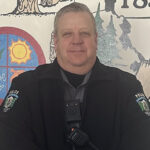During World War II, Presque Isle was the first location of a very important part of this country’s defense. On May 9, 1942, Lt. Gen. Henry “Hap” Arnold determined there was a great need for monitoring radio transmissions of our own pilots to keep them from inadvertently giving away secrets to the enemy, and also to monitor those of enemy pilots to gain the upper hand in the war. Because of his efforts, the 136th Signal Radio Intelligence Company, a unit attached to the Air Corps, was activated.
The Japanese had produced scholarly works on radio direction findings as early as the 1920s. In addition, the Germans were operating with radio intelligence regiments, but for the Americans, radio intelligence was a new thing.
An Air Corps Colonel named Ivan Farman, who had served in the Army Air Corps Communication System in Newfoundland since October 1941, transferred to the Presque Isle Army Airfield in June 1942. This was the beginning of the first unit of the 136th, which later grew to be 21 globally deployed units of similar type and mission.
Farman also introduced the first cryptographic techniques to encrypt transmission and keep information from falling into the enemy’s hands.
The Army was looking for a suitable site that was topographically flat, contained several hundred acres, and was situated well above sea level. The site needed to be able to avoid interference with any nearby municipal areas.
A field on the east of Presque Isle situated along the Easton Road seemed to fit the bill exactly. It was four miles from the Air Base, sat 685 feet above sea level, was strategically located only nine miles from the international border with Canada, and was able to intercept broadcasts from Greenland to Newfoundland to Bermuda, the Azores, Africa and Great Britain — all strategic locations during WWII. (Remember Germany had invaded Africa and was prowling the waters off of Greenland and Iceland.)
The government took the farmland along Route 10 by eminent domain. Sentries prevented motorists, cyclists and others from stopping near the site. Photographs of the site while it was operational were strictly prohibited. A literal forest of poles was constructed. Numerous aerial antennas were put up strung between poles, all to handle the various radio frequencies of incoming transmissions.
Towards the end of 1943, the 136th was revised to exclude the intercept of enemy weather and radio direction finding activities. With the establishment and growth of a worldwide AAF weather service and a similar expansion of the communications system, it was deemed unnecessary for the 136th to continue to monitor weather.
During the listening post’s operation, the military told the property’s neighbor, Richard King, that they were building a highly classified facility across the road, and that he was not to discuss it with anyone and not to take photos. They came back about every six months to remind him of that. The military then poured three inches of cement on the floors of the farmhouse on which to set the radio equipment. In addition, pilots for the local military base used the antenna field as a directional marker for the northwest runway for the base was on that parcel of land.
After the local base closed, a local farmer named Herschel Smith wanted to buy the land on which all of the antennae sat along Route 10 as well as the adjacent property. The government wasn’t allowed to own a piece of land and buy another in the same community. However, it was interested in land along Main Street on which to build a Social Security office. Smith went in search of land on Main Street with the idea of making a swap. He bought the Bellstead, Starch King Thomas Phair’s home, which was then owned by the telephone company and used as a dormitory for female telephone operators. The house lot was then traded to the government for the farmland.
Many thought he would have a rough time farming the land with all of the antennae and underground cables running through and under the property. His son indicated that he did come across concrete and steel that had anchored the antennae from time to time, but, overall, he did not have many problems.
Kimberly R. Smith is the secretary/treasurer of the Presque Isle Historical Society.








